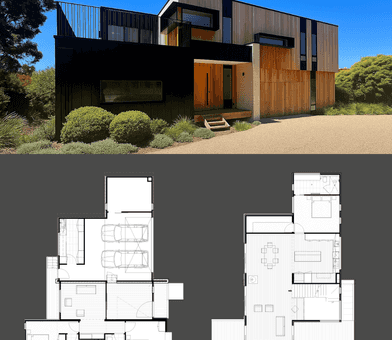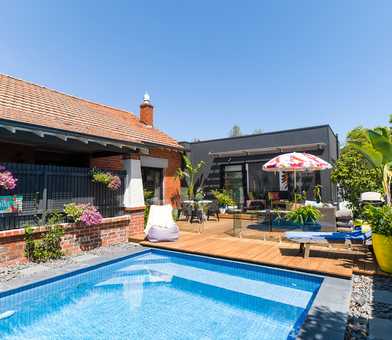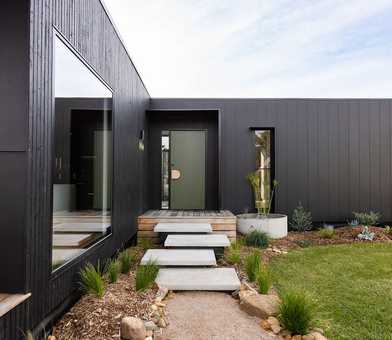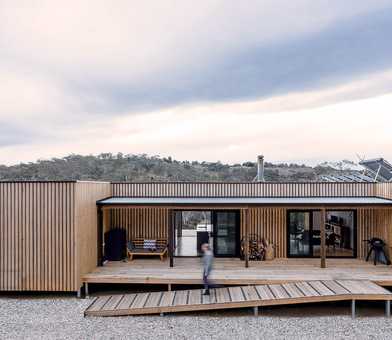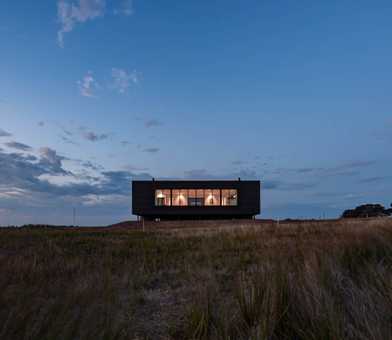Modular, Prefabricated and Kit homes: What are the differences and which one is best for you?
The concept of homes built off-site in Australia dates back to the post-World War II era, when there was a pressing need for affordable and quickly assembled housing. During the 1950s and 1960s, prefab homes were primarily used for temporary housing solutions and worker accommodations. These early models were basic, poor quality and often lacked the aesthetic and functional qualities of traditional homes.
The early 2000s saw a significant shift in the perception of homes built off-site, driven by growing environmental awareness and the need for sustainable building practices. Modern Modular and Prefab homes became known for their energy efficiency, sustainability, and innovative designs. The market has expanded with the introduction of high-end, architecturally designed modular homes that catered to a broader demographic.
Today, the Modular and Prefab home market in Australia is experiencing robust growth with home owners benefiting from leading-edge technologies, including:
Speed and Efficiency: The need for quick and efficient construction solutions in the face of housing shortages and disaster recovery efforts has boosted the appeal of modular homes.
Advanced Manufacturing: Precision engineering and automation in factories ensure high-quality construction and reduce waste.
Sustainability: Increased awareness of environmental issues has led to a preference for more sustainable building methods using regenerative and recycled materials, which some modular homes often incorporate along with aligning with green building certifications.
Smart Home Integration: Many modular homes now come equipped with smart home technologies, enhancing comfort, security, and energy efficiency.
When comparing Modular, Prefabricated and Kit homes, several key considerations can help you make the right decision for your project and site.

1. Construction and Assembly Process
Modular Homes: Entire modules are built in a controlled construction facility or factory and then transported to the site to be assembled creating a complete home.
Prefabricated Homes: Built in sections (panels or components) in a factory and then transported to the site for assembly.
Kit Homes: Supplied as a package with pre-cut and pre-measured materials, which are assembled on-site by the buyer or a contractor.
2. Customization and Design Flexibility
Modular Homes: Generally, offer more customization compared to other prefab homes, allowing for a variety of layouts and finishes within the volumetric footprint.
Prefab Homes: Often have a range of customizable options, but can be limited by factory production constraints.
Kit Homes: Provide significant flexibility in design since they are built on-site, allowing for adjustments and modifications during the construction process.
3. Cost
Modular Homes: Typically, can be cost-effective than site-built homes but can be more expensive than other prefab options due the quality of the build and the complexity of transporting and positioning modules on site.
Prefab Homes: Generally, less expensive than traditional site-built homes due to efficiencies in factory production, but costs can vary based on customization and quality.
Kit Homes: Often the most affordable option as they involve a DIY approach, but final costs can depend on the quality of materials and additional expenses for site preparation and labour.
4. Construction Time
Modular Homes: Quick to connect on-site since large sections are pre-built, often taking just a few weeks to complete once on site.
Prefab Homes: Faster construction time compared to site-built homes as components are manufactured simultaneously and assembly on-site. However the time to assemble onsite is more than an modular home.
Kit Homes: Construction time can vary widely depending on the builder's experience and efficiency, but generally longer than prefab and modular homes.
5. Quality and Durability
Modular Homes: Built to the same high-quality standards as site-built homes and often exceed them due to rigorous factory inspections and improved quality control.
Prefab Homes: High-quality control due to factory conditions, ensuring consistent standards and minimizing on-site errors. However there is less control over quality for the onsite assembly.
Kit Homes: Quality can vary depending on the supplier and the skill level of the builder; proper assembly is crucial for durability.
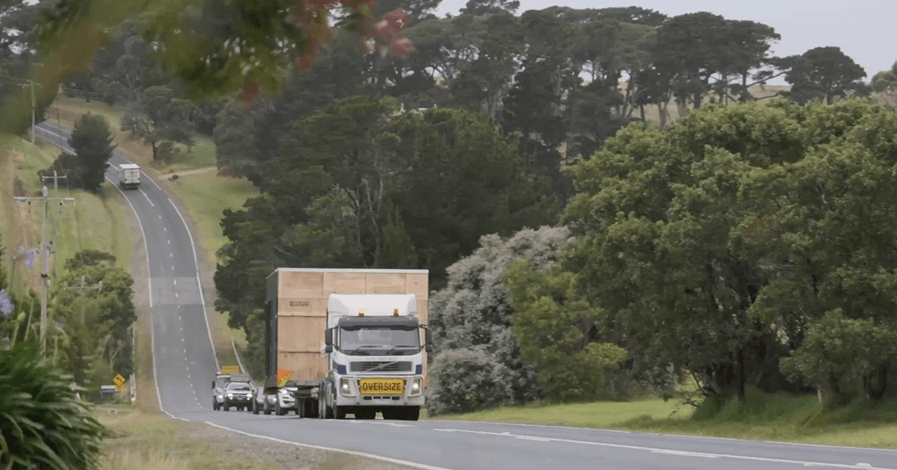
6. Transport and Site Preparation
Modular Homes: Transportation of large, modules can be complex and may require significant logistics and permits if site access is difficult. However, there is less overall site disturbance, noise and mess with a Modular build overall.
Prefab Homes: Require transportation of large panels or sections to the site, which may need special crane and handling and permits.
Kit Homes: Easier to transport as materials are packaged in smaller, manageable sections, but site preparation can be more involved as the entire home is built on-site.
7. Energy Efficiency and Sustainability
Modular Homes: High energy efficiency due to precision construction in controlled environments, often incorporating green building practices including sealing the home to reduce air leakage to improve energy efficiency and overall comfort.
Prefab Homes: Often designed with energy efficiency in mind, utilizing modern materials and insulation techniques.
Kit Homes: Energy efficiency depends on the materials used and the builder's adherence to energy-efficient practices during construction.
8. Regulatory and Zoning Considerations
Modular Homes: Subject to the same local building codes as site-built homes, ensuring they meet all regulatory requirements.
Prefab Homes: Must meet local building codes and regulations, which can vary widely by location.
Kit Homes: Require adherence to local building codes and regulations, with permits and inspections similar to traditional site-built homes.
9. Resale Value
Modular Homes: Comparable resale value to site-built homes, especially when indistinguishable from traditionally on-site built houses. According to Domain sustainable homes not only provide immediate cost savings but also enhance long term property value with high re-sale value due to growing demand.
Prefab Homes: Generally hold their value, particularly if well-maintained and located in desirable areas.
Kit Homes: Resale value can vary significantly based on construction quality, design, and location.

The prefab modular home market in Australia is poised for continued growth, driven by technological advancements, increasing demand for sustainable housing, and supportive government policies. As the industry evolves, it is likely to play a crucial role in addressing the nation's housing challenges and promoting environmentally responsible building practices.
When evaluating Modular, Prefabricated, and Kit homes, Modular homes stand out as the superior choice for modern homeowners seeking efficiency, quality, and sustainability. Unlike Kit homes, which require significant time and effort to assemble, and Prefabricated homes that might lack the customizability and stringent quality controls, Modular homes offer a perfect blend of quality and fast construction.
Constructed in controlled environments, Modular homes ensure consistent quality, reduced construction time, and minimized waste, aligning with sustainable building practices. Furthermore, the flexibility in design and the ability to meet rigorous building codes make Modular homes a reliable and future-proof investment.
For those prioritizing a seamless construction process, superior craftsmanship, and sustainable living, Modular homes undeniably represent the best option.
Explore our Modular homes or contact us to discuss how you can start living the dream naturally.

